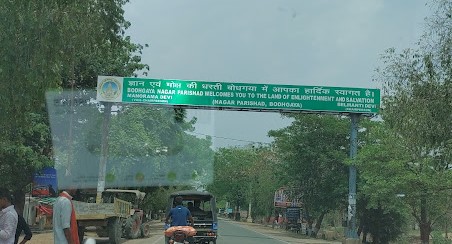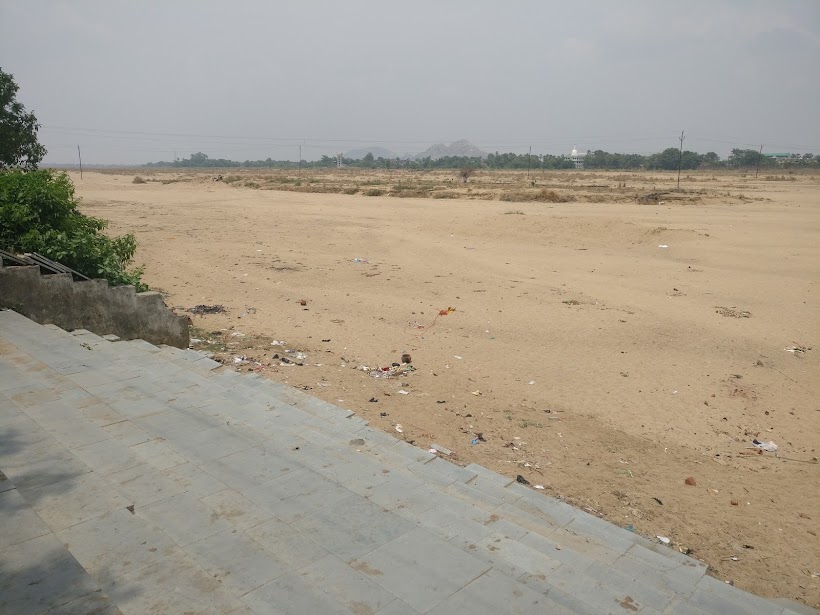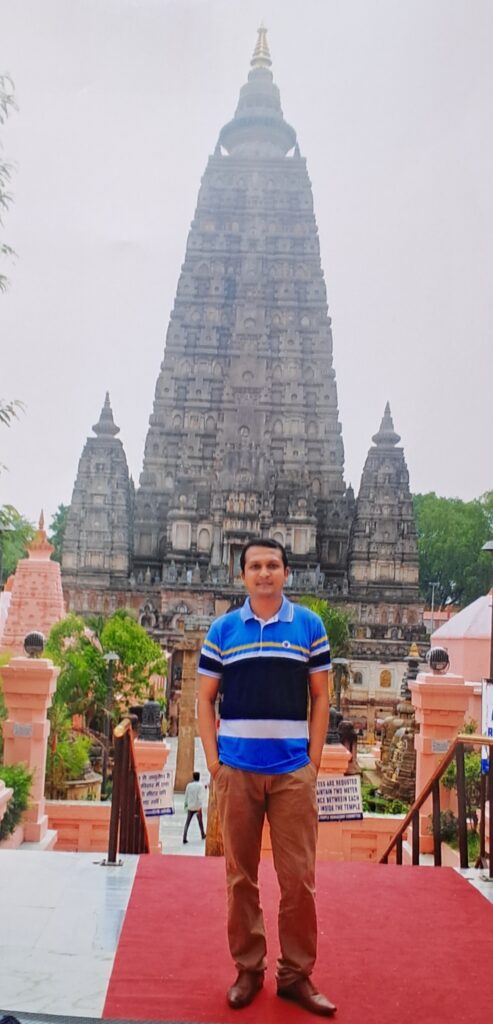Mahabodhi Temple
Introduction of the Mohabodhi Temple
Mahabodhi Temple has been declared a world heritage site. It is a place of enlightenment and salvation. The place is located at Bodhgaya in Bihar, India. Patna, the capital of Bihar is about 112 km away from the Mahabodhi Temple. It will take nearly 3 to 4 hours to reach Patna. During this traveling time, you will cross Jehanabad, Gaya and other important places. You will see a welcome board on road before entering the area. Mahabodhi Cultural Centre appears along the left side of the road before the entry of the road towards the main temple. Falgu River passes beside the temple and like the Kosi River, it also discharges into the Ganges River.


The earlier name of Bodhgaya was Uruwela and it was covered by forest. In 1600 B.C., Gautam Buddha came here and started meditation for seeking calm, peace and enlightenment. There is a tree, called Mahabodhi and under this tree Lord Buddha used to do meditation and a big Mahabodhi temple is placed here. But the top 30 feet of this temple were destroyed by Bakhtiyar Khilji. Later repairing works were done by King Ashoka and Chandragupta.


History and places within Mahabodhi Temple
There are seven places inside the temple area where Buddha meditated for a longer time. A meditation park also exists where you can find a big ring bell that comes from Germany. Many stupes or statues of Buddha are there where worship used to do during Ashoka’s time.
Ashoka Pillar, made of sandstone also visible within the boundary of the Mahabodhi temple. This pillar was broken by Bakhtiyar Khilji which was made of stone with a height of 100 ft. Muchalinda Sarowar or Pond has a minimum depth of 14 feet even during the dry season also presents there. There is a word, when Lord Buddha was meditating heavy rainfall with ice fell that covered his body except for the head. At the same time, a snake called Muchalin covered Buddha to give him a warm feeling and also put his hood at the top of the head of the lord to save him from the natural calamities. That statue exists in the middle of the pond. It is also visible a statue of the Lord with a crown on his head. Mahipal the king of Nepal built it in the 10th century AD.
Animeshlochona, a place from where Lord Buddha looked at the Mahabodhi tree for seven days without blinking his eyes a single time. He found peace in this tree. However, the tree was cut by Ashoka’s wife and then Ashoka planted it again. After that, King Shashangko again cut that tree and then Cunningham brought that tree which is still there now. King Ashoka also constructed a meditation seat by diamond which is known as Bojrason locates at the bottom of the Mahabodhi tree.
Relevant more information of the Mahabodhi Temple
There is a proverb that Lord Buddha wherever putting his foot beside the tree, appeared as a Lotus flower. But these flowers were also destroyed by Bakhtiyar Khilji. To keep these places memorable, Bijoy Paul constructed flowers of the same shape in the 10th century. Besides, the existence of the broken flowers is still there with the original material inside. Rajayantana (a kind of forest tree) also stands within the Mahabodhi temple.

Additionally, Panchalila, where there was a Banyan tree and Gautam Buddha used to meditate under that tree when he first came to this place. The tree is no more but a pillar is there in place. At the end of his meditation, two merchants Tapussa and Bhallika offered him rice cakes and honey after seeing him fasting for a longer time. They asked him to give in return but Lord has nothing to give rather he gave his hair to them.
At the top of the temple is covered with Gold with an approximate weight more than 200 kilograms.
Note: Most of the pictures were taken by Dr. Deepak Kharat and Mohammad Imran Hasan

One Comment